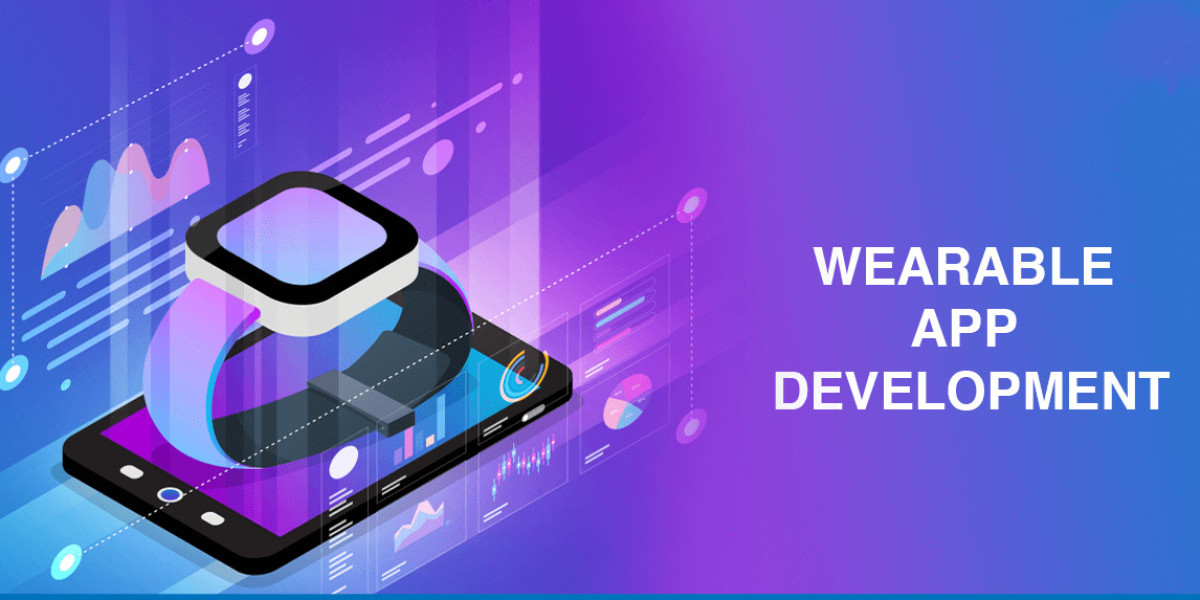As wearable technology continues to revolutionize industries from healthcare to fitness and beyond, the demand for innovative, secure, and user-friendly wearable apps has never been higher. However, the increasing reliance on these devices also raises serious security concerns. Wearables collect and transmit sensitive user data—ranging from biometric information to location tracking—and therefore demand stringent security measures. When hiring Wearable App Development Services, it is essential to adopt best practices that ensure not only functionality but also robust security.
Below are the key best practices to follow when securing wearable app development services:
1. Choose Reputable and Experienced Developers
The foundation of a secure wearable app lies in selecting a development team with proven expertise. Look for developers who have experience specifically in wearable technology, as it involves unique design and security challenges compared to traditional mobile or web applications.
What to Look For:
A portfolio with wearable app projects.
Positive client testimonials and case studies.
Industry-specific experience (e.g., health, sports, logistics).
Familiarity with various wearable platforms like Wear OS, watchOS, Fitbit, Garmin, etc.
2. Emphasize Security from Day One
Security should not be an afterthought—it must be integrated into the app's development lifecycle. From planning to deployment, the developers should adopt secure coding practices and adhere to security protocols.
Recommended Practices:
Implement secure coding standards (e.g., OWASP Mobile Security Guidelines).
Conduct threat modeling during the design phase.
Use secure APIs and SDKs from trusted sources.
Ensure encrypted communication (e.g., TLS/SSL).
3. Prioritize Data Encryption and Privacy
Wearable devices often collect sensitive personal data. Ensuring that this data is encrypted at rest and in transit is critical to protect user privacy and comply with data protection regulations like GDPR, HIPAA, or CCPA.
Key Measures:
Use AES-256 encryption for data storage.
Ensure end-to-end encryption for data transmission.
Avoid storing unnecessary user data on the device.
Provide clear data handling and privacy policies to users.
4. Implement Secure Authentication and Authorization
Because wearables often operate in environments with limited user interaction, traditional authentication methods may not always apply. However, any associated mobile or web interfaces must implement strong authentication mechanisms.
Suggested Approaches:
Use two-factor authentication (2FA) or biometrics.
Implement OAuth 2.0 for secure token-based authorization.
Apply role-based access control (RBAC) for administrative functions.
Ensure secure session management to prevent hijacking.
5. Conduct Regular Security Testing
Security testing is essential throughout the development lifecycle and even after the app is deployed. Developers should perform rigorous testing to identify and fix vulnerabilities.
Testing Types to Include:
Static Application Security Testing (SAST)
Dynamic Application Security Testing (DAST)
Penetration testing and ethical hacking
Compliance audits (HIPAA, GDPR, etc.)
Regular updates and patching of known vulnerabilities should also be part of the service offering.
6. Ensure Compatibility with Secure Hardware
Not all wearables offer the same level of hardware security. When developing apps, ensure compatibility with devices that support advanced security features like secure enclaves, tamper-resistant storage, and biometric authentication.
Examples:
Apple Watch (secure enclave support)
Samsung Galaxy Watch (Knox security)
Fitbit devices with encrypted health data storage
This adds another layer of defense and ensures that even if the app is secure, it won’t be compromised by weak hardware.
7. Use Cloud Services with Strong Security Standards
Many wearable apps rely on cloud-based services for data processing and storage. It is essential to ensure that the backend infrastructure complies with top-tier security standards.
Recommendations:
Choose cloud providers that are ISO 27001, SOC 2, or HIPAA certified.
Use VPNs or private endpoints for secure server access.
Store user data in a secure and compliant cloud environment.
Implement automated monitoring and logging systems for real-time threat detection.
8. Maintain Continuous Monitoring and Updates
Security is an ongoing effort. A secure wearable app today can become vulnerable tomorrow due to evolving threats. Continuous monitoring, timely updates, and proactive maintenance are crucial.
Action Plan:
Monitor for unusual app behavior or data access patterns.
Provide users with regular updates to fix bugs and patch vulnerabilities.
Subscribe to security bulletins related to platforms you’re using (e.g., Google’s Android Wear updates).
Keep third-party libraries and dependencies up to date.
9. Include Legal and Compliance Considerations
Ensure that the development services you hire understand the legal and regulatory landscape. Failing to comply with privacy and security regulations can lead to legal repercussions and loss of user trust.
Compliance Factors:
Health apps should follow HIPAA or similar standards.
Location data must comply with GDPR and consent requirements.
Implement opt-in models for data sharing and user permissions.
Retain legal counsel to review terms of service and privacy policies.
10. Educate Users on Security Best Practices
Even the most secure app can be compromised if the end-user is not educated on basic security hygiene. A good wearable app includes features that help users understand how to keep their data safe.
Features to Include:
In-app notifications for login from new devices or suspicious activity.
Tips on using secure passwords or enabling 2FA.
Clear permissions dialogs explaining data usage.
Easy access to account recovery and support.
Conclusion
Securing wearable app development services involves more than just hiring talented developers. It requires a comprehensive approach that includes secure development practices, encrypted data handling, secure backend infrastructure, and ongoing maintenance. With wearables becoming integral to daily life and work, developers and businesses must rise to the challenge of delivering safe and compliant applications. By following the best practices outlined above, organizations can build trustworthy, high-performance wearable apps that users can rely on.








